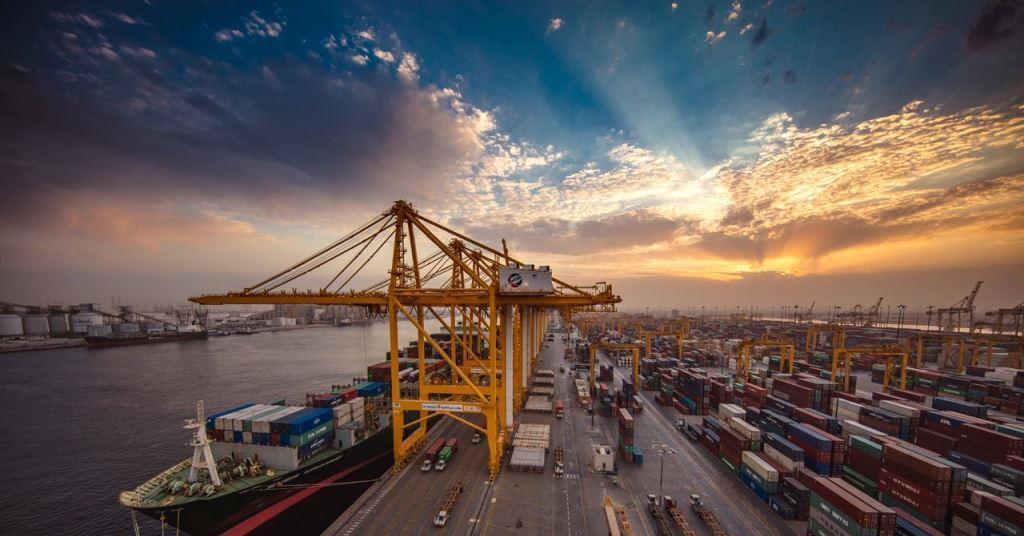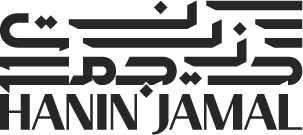The United Arab Emirates is betting big on its Free Zones in UAE, with projections showing an 8% growth spike by 2025. These economic enclaves, designed to lure foreign cash and talent, pulled in $25 billion in foreign direct investment (FDI) last year alone. Yet, analysts warn that inflation and global trade tensions could test their resilience. With a $150 billion contribution to the UAE’s economy already, free zones are no longer a side hustle they’re the main event.
A Tax-Free Magnet
Free zones in UAE offer what many businesses crave: zero corporate taxes, 100% foreign ownership, and no customs duties. It’s a formula that’s worked wonders. Last year, these zones hosted over 60,000 companies, from scrappy startups to global giants, according to implied data from UAE economic reports. The pitch is simple set up shop, keep your profits, and tap into a market of 18 million annual visitors who flood the Emirates.
“The UAE has turned geography into gold,” says Rania Kassem, a Dubai-based economic analyst. “Free zones are the bridge between Asia, Europe, and Africa, and businesses know it.”
Trade Superhighways
Location is everything. Straddling major shipping lanes and air routes, free zones in UAE have become trade superhighways. Goods flow in and out tax-free, a perk that’s saved logistics firms billions since the model took off decades ago. In 2024, container traffic through UAE ports hit record highs, with free zones handling a hefty chunk of the action.
But it’s not just about moving boxes. These zones are wired for speed think 5G networks, smart warehouses, and AI-driven supply chains. For companies chasing efficiency, it’s a no-brainer.
Tech Takes the Wheel
Not all free zones in UAE are about steel and cargo. Some are betting on bytes over barrels. Specialized zones for tech and media have sprouted, offering studios, data centers, and innovation labs. In 2024, tech firms in these hubs generated $10 billion in revenue, a figure that’s expected to double by 2027 as AI and fintech take root.
“These aren’t just tax havens they’re ecosystems,” notes Omar Al-Sharif, a tech consultant in Abu Dhabi. “You’ve got coders, creatives, and capital all in one sandbox.”
Growth With a Catch
The numbers look rosy. Free zones in UAE account for nearly a third of the nation’s non-oil GDP, a diversification win as oil’s dominance fades. Last year, they added 150,000 jobs, with more on the horizon as 2025 nears. The government’s Vision 2030 plan is pouring fuel on the fire, with $5 billion earmarked for free zone upgrades.
Still, there’s a catch. Inflation, hovering at 3.5% in 2024, is squeezing margins. And while free zones thrive on global trade, tariff wars and supply chain snags could dent their momentum. “The model’s solid, but it’s not bulletproof,” cautions Kassem.
A Startup Haven
For entrepreneurs, free zones in UAE are a launchpad. Licensing takes days, not months, and visa quotas for staff are generous. A small e-commerce outfit can go from idea to invoice in under a week a feat that’s lured 12,000 new businesses since 2023. Add in full profit repatriation, and it’s a startup’s dream.
Take the case of a Dubai-based fintech that scaled from five employees to 50 in 18 months, all thanks to free zone perks. “We couldn’t have moved this fast anywhere else,” its founder told Bloomberg anonymously.
Industry Playgrounds
Specialization is the secret sauce. Some free zones in UAE cater to manufacturing, with factory-ready plots and power grids to match. Others target healthcare, offering cutting-edge labs for biotech breakthroughs. The result? Clusters of expertise that spark collaboration and cut costs.
In 2024, a renewable energy hub in one such zone signed deals worth $2 billion, proving these playgrounds aren’t just for show they’re rewriting industry rules.
Risks on the Radar
Free zones in UAE aren’t perfect. Mainland trade restrictions can trip up firms looking to sell locally, forcing them to lean on middlemen. Compliance rules, while light, still demand attention miss a deadline, and fines stack up fast. And as foreign ownership opens up outside free zones, some wonder if their edge is dulling.
Analysts aren’t sweating it yet. “The incentives still outweigh the headaches,” says Al-Sharif. “But the UAE can’t rest on its laurels.”
The Road to 2025
The UAE’s free zones are evolving. Green tech and sustainability are climbing the agenda, with solar projects and carbon-neutral goals popping up. At the same time, digital nomads and remote-first firms are finding a home here, drawn by fast internet and flexible rules. By 2025, these zones could host 20% more companies than today, per government forecasts.
The $150 billion question: Can free zones in UAE keep their mojo as global competition heats up? With Asia’s tigers and Europe’s heavyweights eyeing similar models, the Emirates will need more than tax breaks to stay ahead. What’s next smart cities or space ports? Watch this space.
- Ajman Free Zones: The UAE’s Quiet Innovator Redefines Businessby Abdelrahman Qaddoura
- Free Zones in UAE Eye 8% Growth by 2025by Abdelrahman Qaddoura
- All UAE Free Zonesby Abdelrahman Qaddoura


